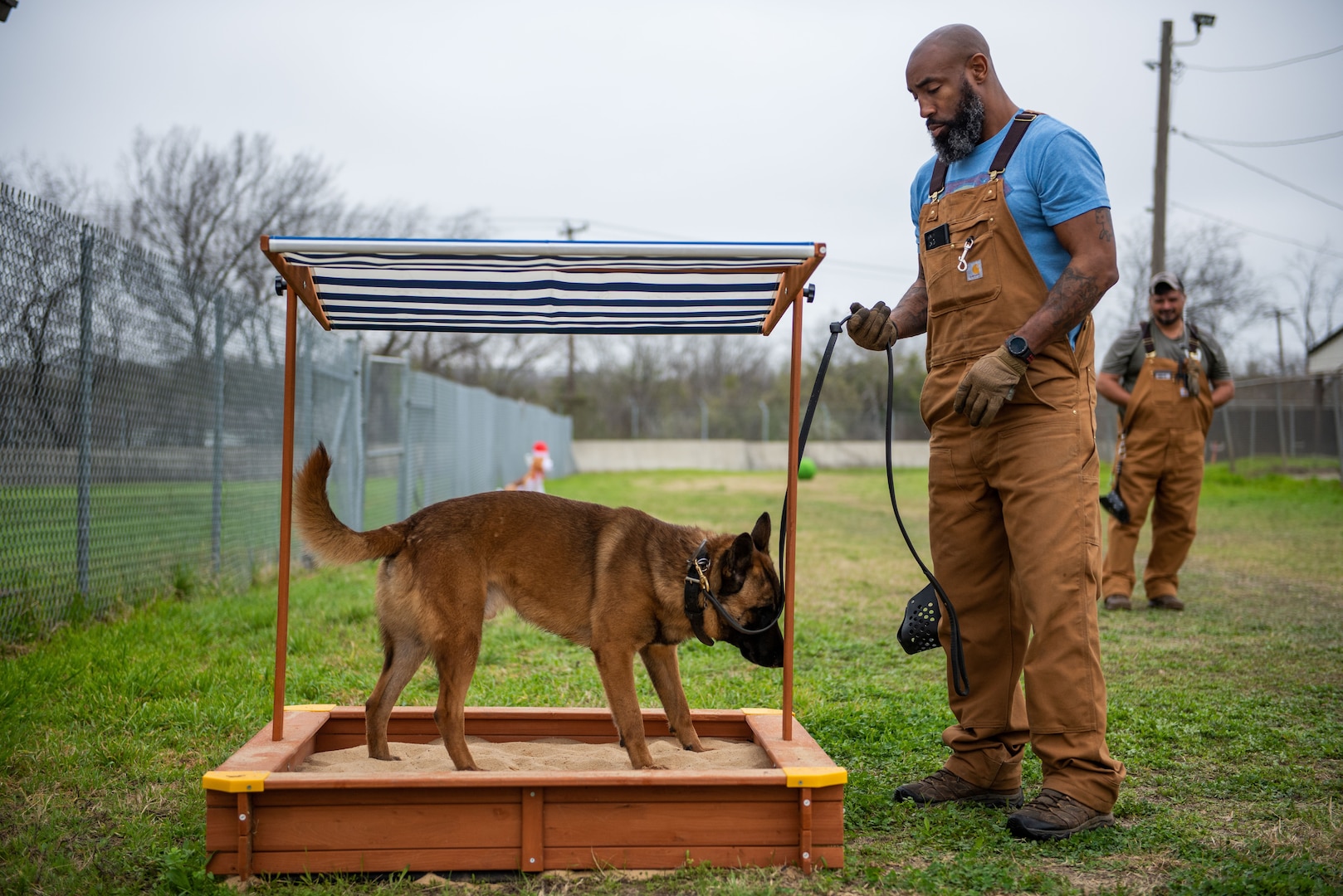Master Vital Commands: Effective Canine Training Made Easy
Effective pet dog training is an essential aspect of accountable family pet ownership, and grasping vital commands offers as the foundation for a harmonious partnership in between trainer and pet. Recognizing the subtleties of canine habits and the training procedure is essential; however, the journey to a trained dog typically provides unexpected hurdles that call for interest.
Recognizing Your Pet's Actions
To understand the nuances of reliable canine training, it is important to damage down and assess your dog's actions. Dog training. Understanding the inspirations behind your canine's activities is vital; behaviors can stem from reaction, fear, excitement, or a need for attention. By observing your pet dog in different circumstances, you can determine patterns that might suggest underlying feelings or needs
For circumstances, a pet dog that barks exceedingly may be sharing dullness, stress and anxiety, or a need for social communication. On the other hand, a pet that exhibits destructive behaviors might be seeking stimulation or alleviation from stress. Recognizing these triggers enables you to customize your training approach properly.
Furthermore, it is vital to consider the dog's breed attributes, as they can influence actions substantially. Some types are predisposed to specific qualities, such as herding or protecting reactions, which can impact their reactions to certain stimuli.
Finally, uniformity in your responses to your dog's behavior cultivates a much better understanding between you and your animal. This mutual understanding is fundamental for constructing count on and facilitating an efficient training procedure that nurtures both behavioral adjustment and favorable reinforcement.
Vital Commands to Show
Showing essential commands is a fundamental element of efficient pet dog training, providing the foundation for a well-behaved and responsive pet. These commands not only enhance communication between the owner and the dog however additionally make sure safety and security in numerous settings.
One of the most important commands consist of "Sit," which urges your canine to continue to be fixed and tranquil; "Remain," which reinforces the idea of remaining in one area until launched; and "Come," which is vital for recalling your dog from possibly dangerous scenarios. "Down" teaches canines to exist down, promoting relaxation and control, while "Leave it" assists stop canines from grabbing damaging or unwanted items.
" Heel" is an additional essential command that motivates your pet to stroll very closely next to you, improving chain good manners. "No" offers as an essential boundary-setting command, helping to fix undesirable actions.
Training Methods for Success
Efficient canine training counts greatly on using a variety of strategies that accommodate both the pet's learning design and the proprietor's training objectives. One key strategy declares reinforcement, which includes satisfying wanted actions with deals with, praise, or play. This technique urges the pet to repeat those behaviors, cultivating a solid bond in between owner and pet.

Another effective strategy is remote control training, where an unique noise, made by a remote control, notes the exact minute a canine performs a preferred action. This accurate timing aids dogs connect the actions with the reward, enhancing their understanding.
Consistency is essential in all training techniques. Establishing clear commands and maintaining the exact same cues helps the canine understanding expectations much more webpage rapidly. Additionally, brief, engaging training sessions protect against dullness and rise retention.
Integrating socialization possibilities is likewise important. Exposing dogs to various settings, individuals, and other animals helps them establish self-confidence and adaptability.
Finally, perseverance plays a considerable duty in successful training - Dog training. Each pet dog discovers at their very own speed, and comprehending this can bring about a more delightful training experience for both the owner and the pet. Carrying out these methods will set the structure for effective pet training
Common Challenges and Solutions
Despite the very best training techniques, pet dog proprietors typically run into typical challenges that can impede progression. One prevalent problem is disparity in commands and signs. When relative utilize different commands for the very same behavior, it perplexes the dog, bring about inconsistent responses. The solution hinges on establishing a unified technique among all relative, ensuring that everyone utilizes the exact same terminology and signals.

Furthermore, some pet dogs may exhibit stubbornness or absence inspiration. This can commonly be dealt with by incorporating positive reinforcement strategies, such as treats or appreciation, to motivate preferred habits. Tailoring benefits to what your dog discovers most motivating can significantly enhance their engagement.
Finally, concern or stress and anxiety can impede progression in training. Identifying indications of stress and anxiety and readjusting the training rate appropriately is vital. Utilizing gradual direct exposure to been afraid click here for more stimulations can assist build confidence over time, helping with a much more effective training experience.
Preserving Consistency and Perseverance
Consistency and persistence are extremely important in pet dog training, as they form the foundation for attaining lasting behavior adjustments. Dogs flourish on routine and clear expectations; hence, maintaining a regular approach in commands, incentives, and improvements is necessary.
Pet dogs, much like human beings, have varying discovering speeds and might not realize commands promptly. Favorable support plays a vital role here, fulfilling desired habits and aiding to foster a relying on partnership between official source the pet and fitness instructor.
Verdict
Understanding crucial commands is basic to reliable pet dog training, fostering enhanced communication and strengthening favorable habits (Dog training). Eventually, a well-trained dog not just shows good actions but additionally develops self-confidence, contributing to an unified connection between the canine and its owner.